Women undergo breast enlargement for many reasons. Some just feel that their breasts are too small. They want clothes to fit better and find that clothes that fit well around the hips are often too large up top. Other women have found their breasts became smaller and lost their firmness after having children. Others may find that weight loss has affected the size and shape of their breasts. Some women have one breast that is noticeably smaller than the other. Breast augmentation surgery can treat these concerns by improving the breast size and shape. It is one of the more common procedures performed by members of the American Society of Plastic Surgeon.
Consultation
If you are considering surgery, the first step is having a consultation with a board certified plastic surgeon. During the consultation, you should candidly discuss your desired breast size and anything else related to your breast appearance that you feel is important. This will help your surgeon understand your expectations and whether they can be realistically achieved.
During the consultation, your medical history will be reviewed in detail. Of particular importance is any previous breast surgery including biopsies, medications you are taking, a family history of breast cancer and results of any mammograms. If you have a strong family history of breast cancer or are over 40, I usually obtain a mammogram before breast augmentation surgery.
If you are a smoker, you will be asked to stop smoking for at least six weeks prior to surgery. Smoking decreases blood flow in the skin, which impairs wound healing.
There is no evidence that breast augmentation increases the risk of breast cancer. However, the presence of breast implants requires a special technique when taking a mammogram. Following breast augmentation, you should obtain mammograms at a facility that has experience with this technique.
The Implant
Your desired enhancement, body frame and existing breast tissue will all determine the size and type of breast implant recommended for you.
All breast implants are composed of a silicone rubber outer shell. The implants are either filled with salt water (saline) or silicone gel. Saline filled implants tend to have a less natural feel when placed in a patient with less breast tissue. They can also be prone to rippling. On the other hand, silicone gel implants have a more natural feel and have fewer problems with rippling. Because they are pre-filled, gel implants require a longer incision for placement. Gel implants are also somewhat more expensive. In patients with minimal existing breast tissue, I usually recommend gel filled implants. In patients with a moderate size breast, such as a woman who wants to go from a full B cup to a full C cup, saline implants are a reasonable choice.
The Incision
The incision for placement of the implants is usually made underneath the breast in the crease. When using a saline implant that is filled after being inserted, only a small incision of an inch or so is needed.
Other possible locations for the incision are around the lower edge of the areola or a small incision in the armpit. Once the incision is made, a pocket is created for the implant. This pocket is usually underneath the pectoral muscle, which must be carefully dissected from the chest wall. Placing the implants through incisions in the belly button do not allow adequate exposure to develop the pocket and often result in poorly placed implants.
The Risk
Every year, many thousand women undergo successful breast augmentation surgery. However anyone considering surgery should be aware of the potential risk. Some potential complications of breast augmentation surgery include reactions to anesthesia, fluid accumulation that may require drainage and infection. Infection may require temporary removal of the implant. Infection may also result in increased scar tissue around the implant. To minimize this complication, I irrigate the pocket with antibiotics during surgery and give oral antibiotics for several days following surgery.
When an implant is placed in the body, scar tissue forms around it as part of the natural healing process. This scar capsule occurs to varying degrees. Rarely, it can become severe that it causes discomfort and changes in the breast’s appearance. If this occurs, surgery may be needed to remove the excess scar tissue.
Breast implants are not lifetime devices and can sometimes rupture. This is sometimes due to chest trauma but more commonly occurs without apparent cause. If a saline-filled implant ruptures, the salt-water contents are harmlessly absorbed by the body. A definite change in the breast size will occur. Surgery will be required to replace the implant.
Several years ago, there was a concern that silicone gel implants caused immune-related diseases. This resulted in silicone gel implants being removed from the market. Women without implants also have these disorders, so the key question became whether breast implants increased the risk of developing these disorders. Since then, several studies have shown that women with implants do not have an increased risk of these diseases, and silicone gel implants were made available again.
The Surgery
Breast Augmentation surgery may be performed in an office or hospital operating room. Following surgery, you will spend a few hours in the recovery where you will be closely monitored. In the great majority of cases, you will then be allowed to go home to further recover.
I use an occlusive dressing that will allow you to shower a couple of days after surgery. The skin is closed with stitches below the skin, so they do not need to be removed. A day or two after surgery, you should be up and about. Some bruising and swelling will occur, but will resolve quickly. I have my patients wear a soft support above the implants to keep them positioned while they are healing.
The Results
Breast augmentation surgery will make your breast fuller and enhance their shape. The results will be long- lasting. However, aging and the effects of gravity will eventually affect the shape of your breast. Following surgery, you should return to the office for follow-up care. You should also schedule routine mammogram exams as recommended for your age group.
Before and After
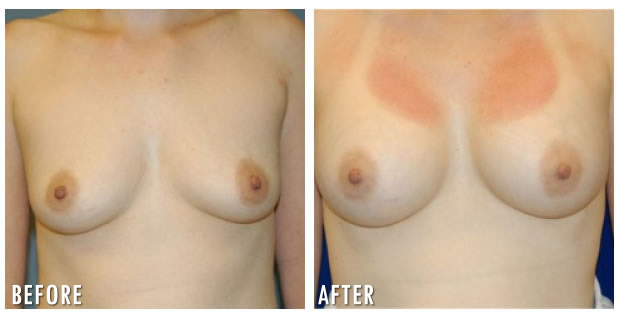
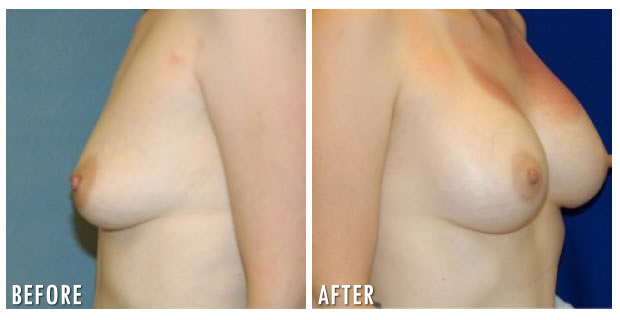
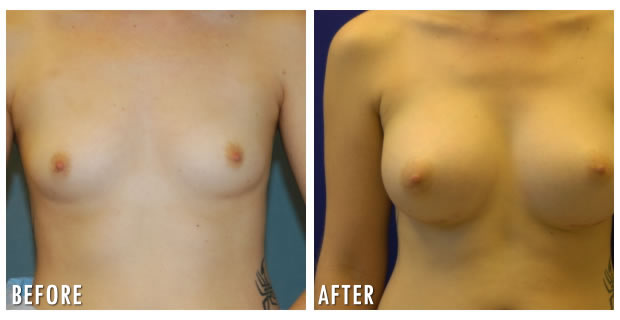
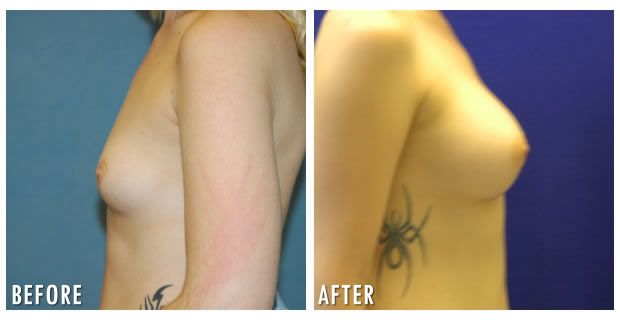
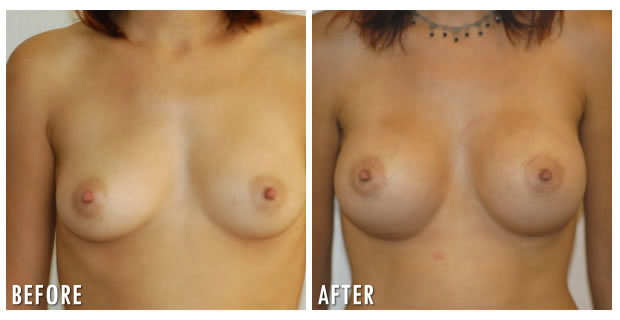
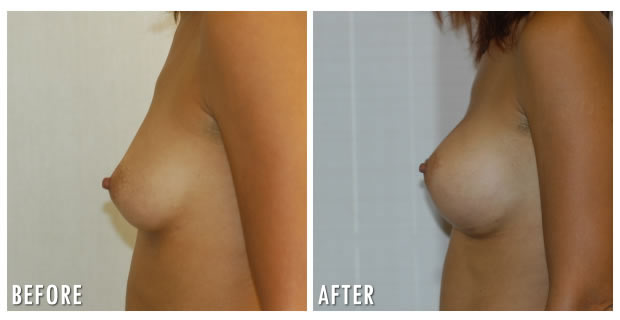


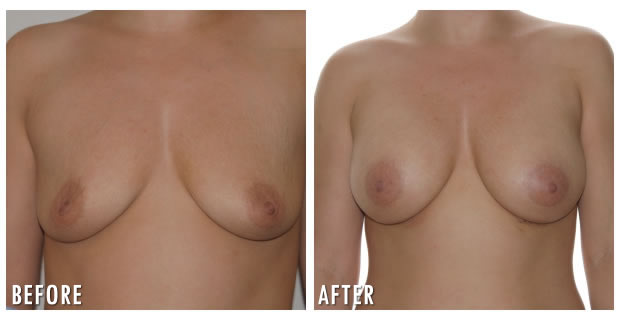
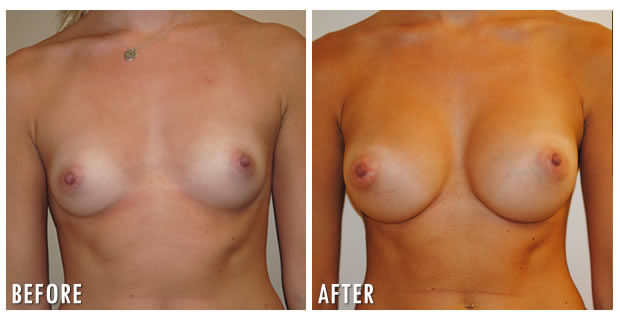
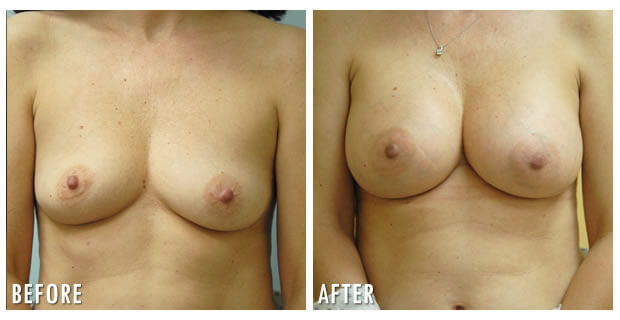

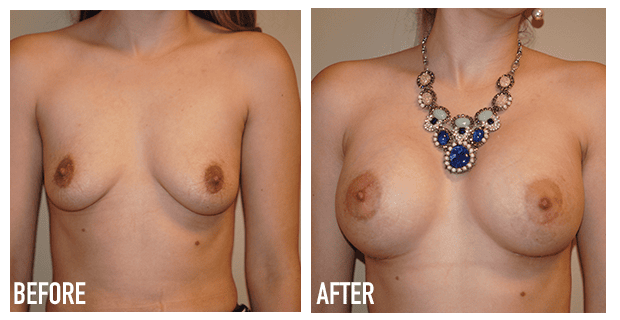
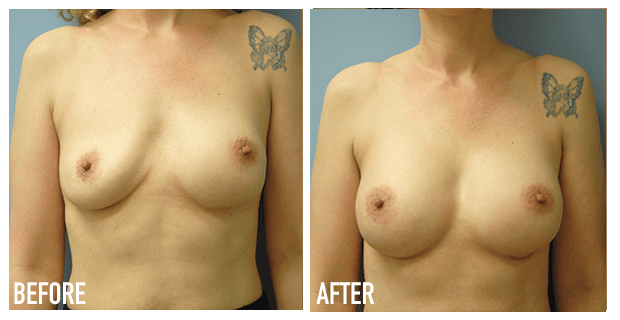
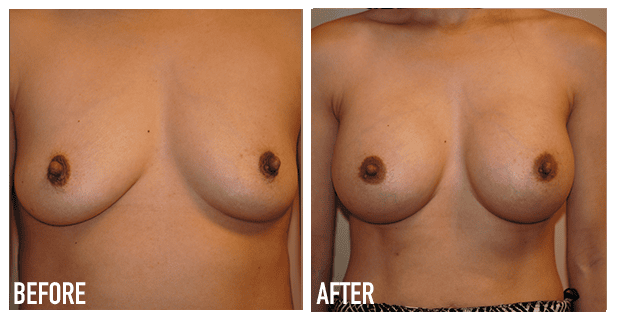
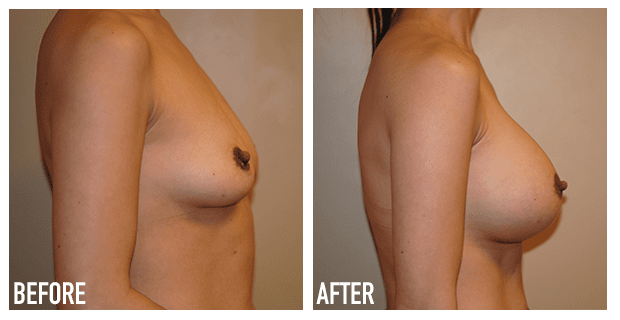
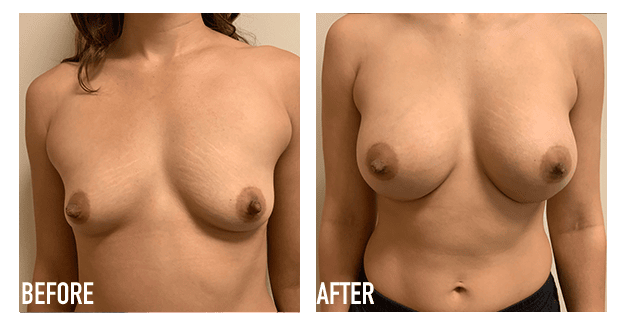

Testimonials
Dr. Canoun is wonderful and his staff are attentive and flexible. I had a breast lift and augmentation last May and I am extremely pleased with the results. Completely natural look and getting better everyday. I highly recommend this physician and I have had a friend have the same procedure by Dr. Canoun after seeing my results.
